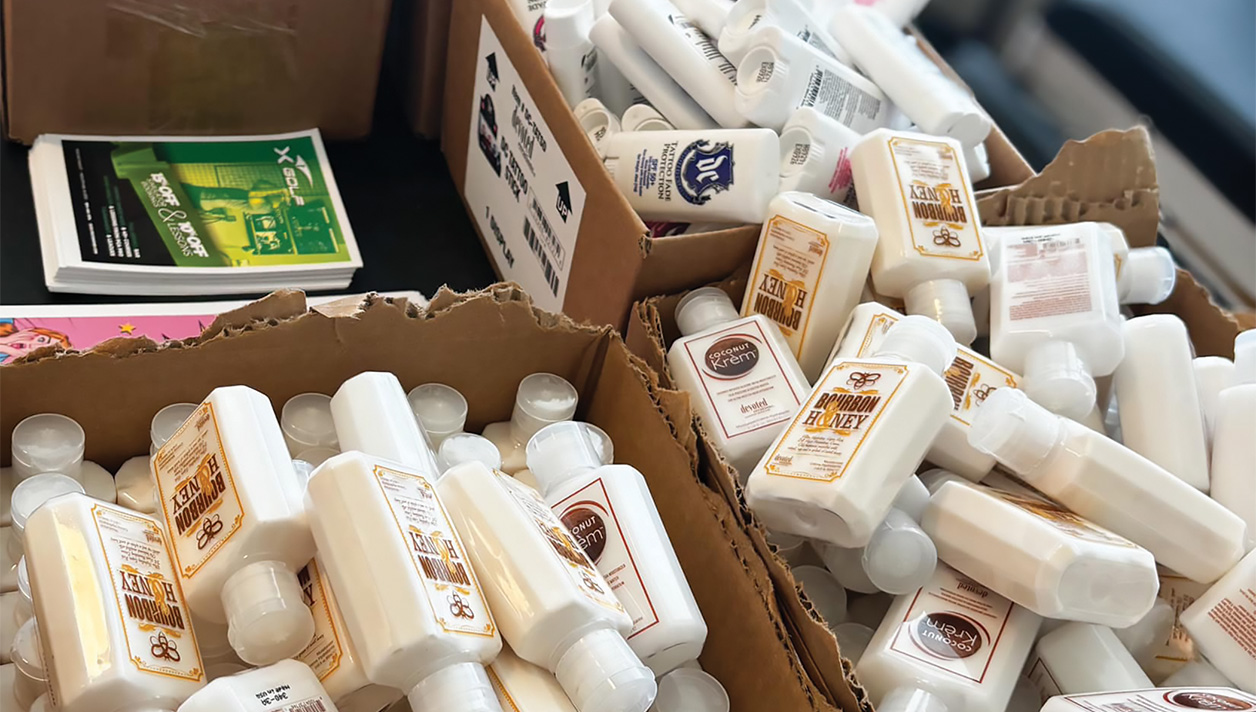During the two years of COVID presence, I (and many others) became devoted fans of watching Netflix – even to the point of binge-watching several episodes of those series my wife and I liked. We took great interest in one such program: “Homestead Rescue.” For those readers who are not familiar, homesteader Marty Raney, his son Matt and daughter Misty are quite resourceful when it comes to fixing or even salvaging the properties of other homesteaders who throw up the white flag and say, “We need help, Raneys!”
Marty has his own homestead in Alaska where he was born and chose to plant his mark on what is known to many as the Last Frontier. With incredible resourcefulness and using basically what is available on hand, they take about a week to get the chosen failing homesteads back on track. The repairs are done with local donations of time and materials and at a fraction of the actual cost. It’s truly amazing to see them pull it together and get these folks up and running again. Which is my segue to news about Alaska …
Also during some of my “lockdown” time, I had time to do some research on skin cancer and found something that I – with decades spent in the indoor tanning industry and educating salon operators – simply did not know.
Researchers found that when it comes to skin cancer, American Indians and Alaska Natives (AIAN) were practicing few prevention behaviors. I never even contemplated this as a “thing.” Although there are approximately nine million AIAN, very few studies exist on skin cancer occurrence in this segment of the population.
Among the findings:
Compared to other ethnicities, AIAN were less likely to wear a hat on a sunny day. I would think that this would be “less likely on warm, sunny days,” as I believe they typically sport a toque (Canadian for “hat”) when it’s cold.
Compared to caucasians, AIAN reported more severe skin effects when spending more than one hour in the sun. My take? I would also imagine that the severe cold and wind also play a role in the severe effect, but those factors were not mentioned.
The researchers also found that engaging in “risky” behaviors such as indoor tanning was more common with AIAN when compared to Black or Asian respondents. I have few words on this one, apart from wondering just what percentage of those nine million AIAN individuals actually tan at indoor facilities. (The research did not list a number.)
Melanoma was more common with these people than in Black respondents and non-melanoma skin cancers were less likely than in Caucasians.
Their conclusion? The survey results indicate that AIAN do little when it comes to skin cancer prevention and had a higher chance of burning, tanning indoors and higher rates of melanoma compared to other minorities.
Well, now I know! And so do you.

























